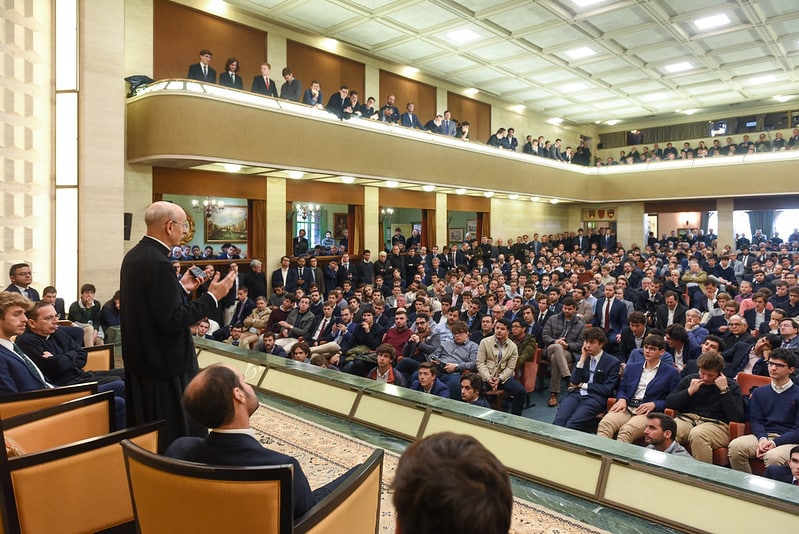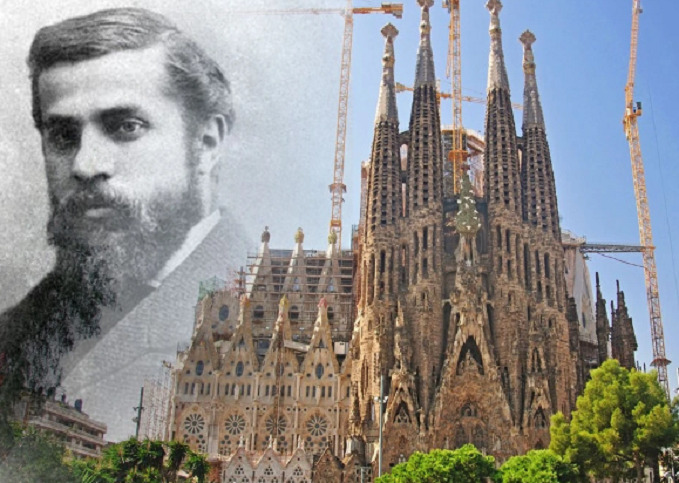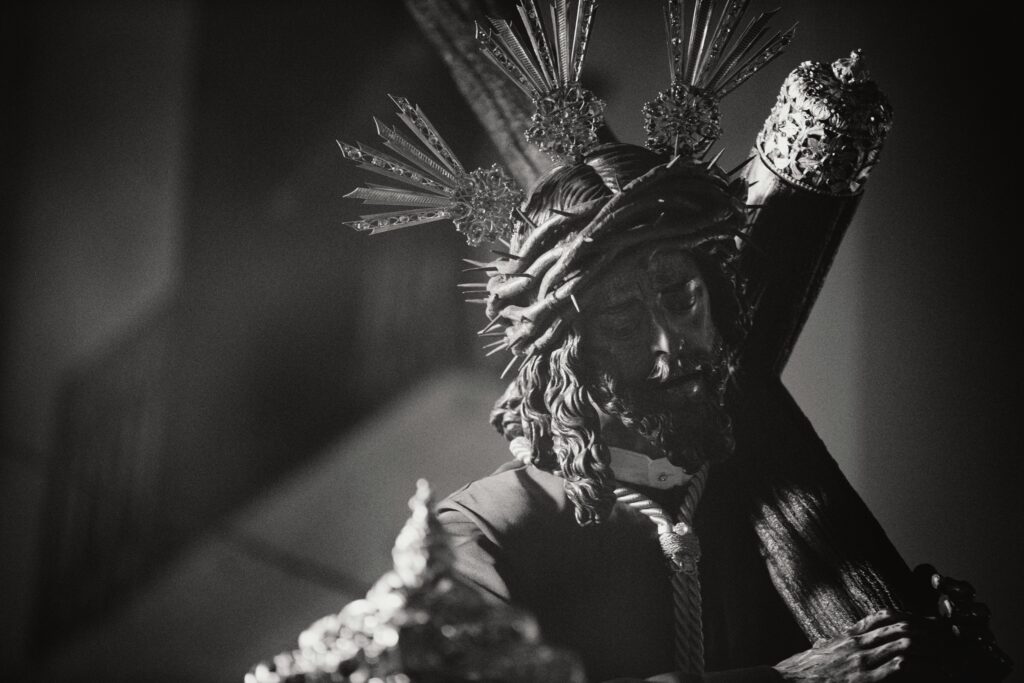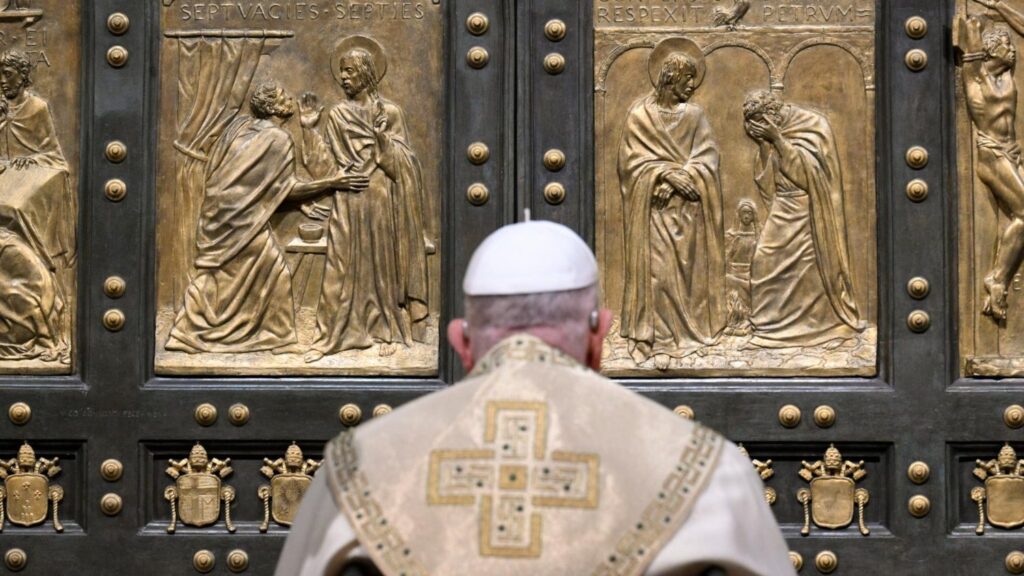Secularism: the 3 waves of the last century
Episode 2. Secularity

Chapter 2 (of 5) of a miniseries on “secularity” or “secularity.” A topic of enormous interest and relevance in our multicultural society. The study of secularity can help answer questions such as: What is Christian secularity? Has it been achieved at some point in history? Can it be achieved definitively? What are the causes of the current secularization? Is it an irreversible process, linked to progress? Will Christianity disappear from Europe? What are the roots of secularism in recent centuries? Is the secularism of the 19th century the same as that of the 21st? Can the Constitution of a country regulate the regime of the Sacraments? And sanction abortion as a fundamental right? Is religion a danger to democracy? Does tolerance consist in the juxtaposition of all beliefs? What is this “cultural battle”? What is its effectiveness and its limits? Are we entering a new phase of post-secularization? What can any ordinary citizen do?
First, it is worth making a conceptual clarification: “secularization” is a concept coined by historical sociology to designate the loss of relevance of religion in a certain place and time; “secularism” is an ideology that promotes and applauds this contraction of the religious, and its confinement to the private sphere. It is equivalent to “secularism”; “secularity” is the recognition of the legitimate autonomy of secular and religious realities, and of the consequent functional separation of the State and the Church. It is equivalent to “laicity”.
Secularization in three acts: Confrontation, seduction and evaporation of the sacred
From violent anticlericalism to spiritual indifference: a journey through the waves of secularism that have marked modernity and the challenge of the new generations in the face of faith.
Secularization, the process that has transformed the relationship between society and the sacred, can be understood as a play in three acts. Each act shows a different form of distancing from God and the Church, but also reflects the challenges that faith faces in each era.
First wave: Violent confrontation (late 18th century – 19th century)
The first wave of secularization was marked by open and violent confrontation with religion. Movements such as the French Revolution (1789) and the anticlericalism of the 19th century in Europe showed a frontal rejection of the Church, perceived as an obstacle to progress and freedom. In many cases, this hostility was translated into persecutions, expropriations and laws that limited the influence of the Church in public life. Faith was seen as an enemy to be defeated.
Second wave: The seduction of progress (20th century)
The second wave did not need violence. It was a more subtle secularization, driven by the seduction of scientific progress, technological development, and material well-being, especially after the two World Wars. As science offered answers to questions that had previously been the exclusive domain of religion, and as material comfort became the new ideal, the need for God seemed to fade away. It was no longer a question of attacking faith, but of making it irrelevant. Religion was relegated to the private sphere, considered a personal matter with no weight in public life or social decisions.
Third wave: The evaporation of the sacred (late 20th century – 21st century)
The third wave of secularization is perhaps the most insidious and profound. It does not manifest itself in a direct opposition to or explicit substitution of faith for progress, but in a widespread indifference to the sacred. In this phase, God is neither fought nor replaced; he is simply ignored. Spirituality is diluted in an endless number of personalized and ephemeral practices, and the transcendental meaning of life evaporates amidst routine and constant entertainment.
The new generations, especially since the 1990s, no longer declare themselves militant atheists nor actively seek to refute the existence of God. They simply do not consider the question relevant. Life is centred on the “here and now,” on the search for immediate experiences and personal satisfaction. The great questions about the meaning of life, suffering or death are postponed or simply discarded.
This phenomenon poses an even greater challenge for the Church and believers: how to announce the Gospel in a world that does not feel the need for God? The answer is not to return to the strategies of the past, but to find new ways of witnessing to the faith, showing that the Christian message remains relevant and vital amid the apparent self-sufficiency of modern man.
In the face of this third wave, evangelization must focus on personal witness, on the authenticity of Christian life and on the ability to accompany people in their searches and questions. Because, even if the sacred seems to evaporate, the longing for transcendence continues to beat deep within the human heart. In this context, the Church is called to be a beacon of hope, offering spaces for encounter and reflection that allow us to rediscover the beauty of faith and the meaning of life.
The response to the evaporation of the sacred is not imposition or confrontation, but the proposal of a full and authentic life that shows, with actions more than with words, that God continues to be the answer to the deepest concerns of the human being. Faith must be presented not as an obligation, but as an invitation to a richer and more meaningful life, capable of giving meaning even in the midst of the apparent self-sufficiency and noise of modernity.
This miniseries consists of five chapters:
- History: the long march towards secularism
- Secularism: the 3 waves of the last century
- Secular religion
- The cultural battle
- The individual and the whole
Related

Evangelization and Sanctification of Work
Exaudi Staff
16 April, 2025
6 min

Gaudí, the Mystery Revealed: The Perspective of Paloma Pía Gasset
Exaudi Staff
16 April, 2025
2 min

Christian Hope
Luis Herrera Campo
15 April, 2025
3 min

How to gain a plenary indulgence during the Jubilee Year?
P Angel Espinosa de los Monteros
14 April, 2025
3 min
 (EN)
(EN)
 (ES)
(ES)
 (IT)
(IT)

